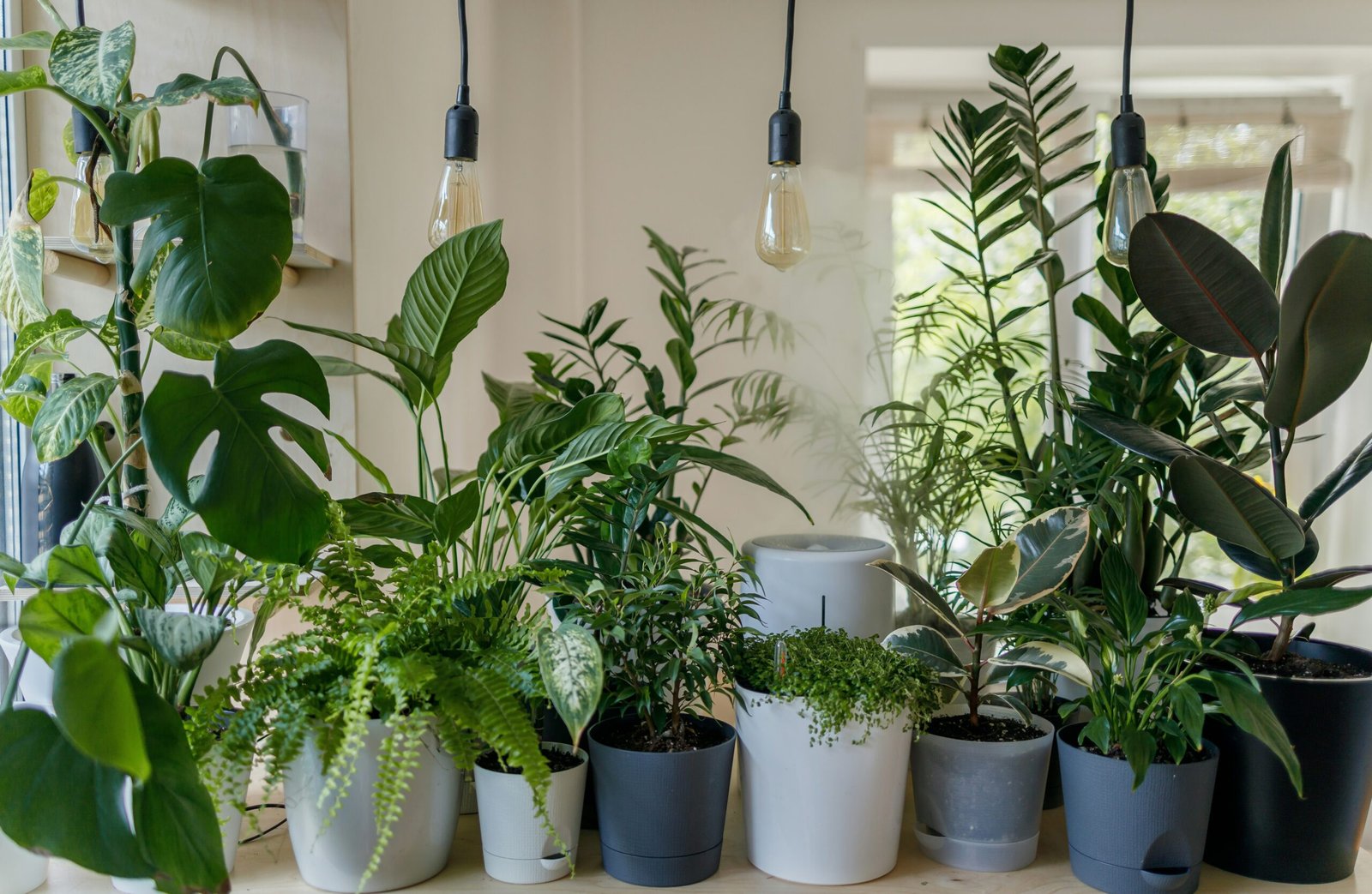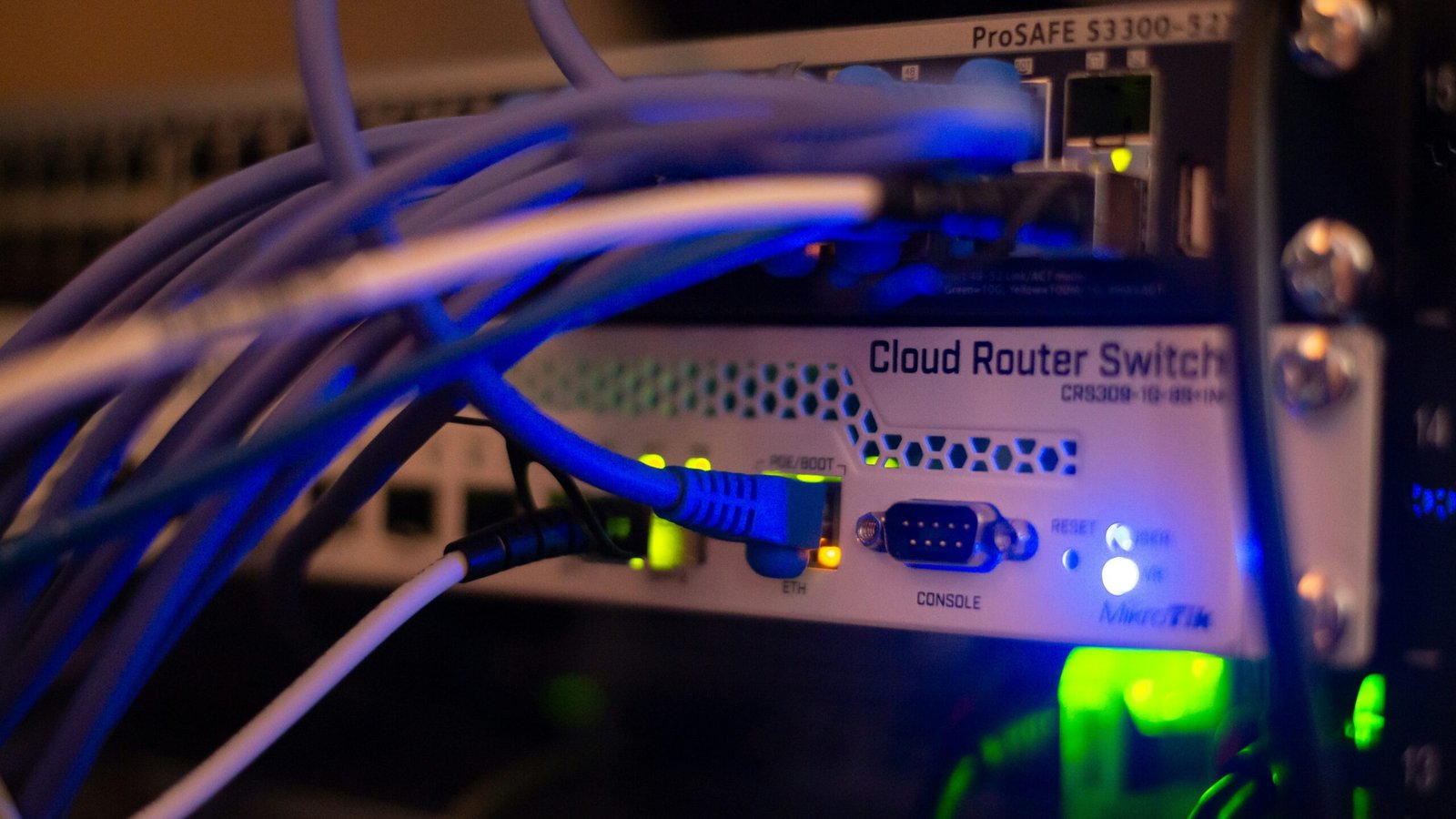Setting Up Smart Home Devices: A Comprehensive Guide.
Welcome to our detailed setup guide for smart home gadgets. In this post, we will guide you through the process of configuring your smart home devices, providing extensive instructions and explanations along the way. Whether you are a tech aware individual or just getting started with smart home technology, this article will help you traverse the setup procedure with ease.
Smart home gadgets have transformed the way we live by bringing convenience, security, and energy efficiency. From voice-controlled assistants like Amazon Echo and Google Home to smart thermostats, door locks, and security cameras, there are numerous products available to help you turn your home into a smart home.
Before starting the setup process, it’s vital to grasp the fundamental components of a smart home system. A hub, also known as a central control unit, is at the center of any smart home setup, connecting and controlling all of your gadgets. This hub connects your gadgets to your smartphone or tablet, allowing you to control and monitor them remotely.
Once you’ve decided on a hub that meets your needs, it’s time to start configuring your devices. The first step is to make sure your home’s Wi-Fi network is robust and steady. Smart home devices require a stable internet connection to function effectively, therefore a dependable network is essential.
Next, download the app for each device you want to set up. Most smart home gadgets have specialized apps that let you control and change their settings. These apps are often available for both iOS and Android devices and may be downloaded from the appropriate app stores.
Once you’ve downloaded the apps, it’s time to pair your devices to the hub. This method may differ depending on the brand and model of your devices, but it often entails placing the device in pairing mode and following the app’s instructions to connect it to the hub.
After successfully attaching your devices to the hub, you can begin personalizing their settings. This includes naming each device, creating automated procedures, and altering settings like brightness, temperature, and sensitivity. The app will walk you through each step, making it simple to customize your smart home experience.
Once you’ve set up and personalized all of your gadgets, you can begin reaping the benefits of a smart home. Voice commands allow you to remotely manage your lights, adjust your temperature, lock and unlock your doors, and even monitor your home security cameras from anywhere in the world.
Setting up smart home devices may be difficult at first, but with this detailed guide, you will be able to traverse the process with confidence. Whether you want to improve your house’s security, save energy, or simply make your life easier, smart home technology provides something for everyone.
Increased home safety.
Another significant advantage of investing in smart home gadgets is increased safety. Smart smoke detectors and carbon monoxide detectors can send warnings to your smartphone if there is a possible concern in your home, allowing you to respond immediately. Smart cameras can also provide live video feeds and recordings, giving you a clear view of what’s going on inside and outside your home.
Remote Access and Monitoring.
Smart home technologies allow for remote access and monitoring, providing piece of mind even while you are not at home. For example, if you neglected to lock your front door, you may use your smartphone to do so remotely. You may also monitor your home with security cameras and receive real-time alerts if any strange activity is spotted.
Increased home value.
Investing in smart home technology can also boost the value of your home. In today’s competitive real estate market, potential buyers are increasingly looking for homes that include smart technology features. By putting smart gadgets into your property, you can attract potential buyers and potentially enhance its resale value.
Cost Savings
While the initial cost of smart home devices may appear exorbitant, they can really save you money in the long term. As previously said, smart devices can help minimize energy use, which results in lower electricity bills. Furthermore, smart home automation can maximize the use of resources like water and electricity, lowering your overall costs.
Personalization and customization.
Smart home technologies enable a high level of customisation and customization. You can create timetables, habits, and preferences that fit your lifestyle and needs. For example, you may set your smart blinds to open and close automatically in the morning and evening, or you can design a nighttime routine that turns out all lights and changes the thermostat to your preferred setting.
Future-proofing
Investing in smart home technology might also help to future-proof your home. As technology advances, smart gadgets grow in sophistication and capability. By putting these gadgets










